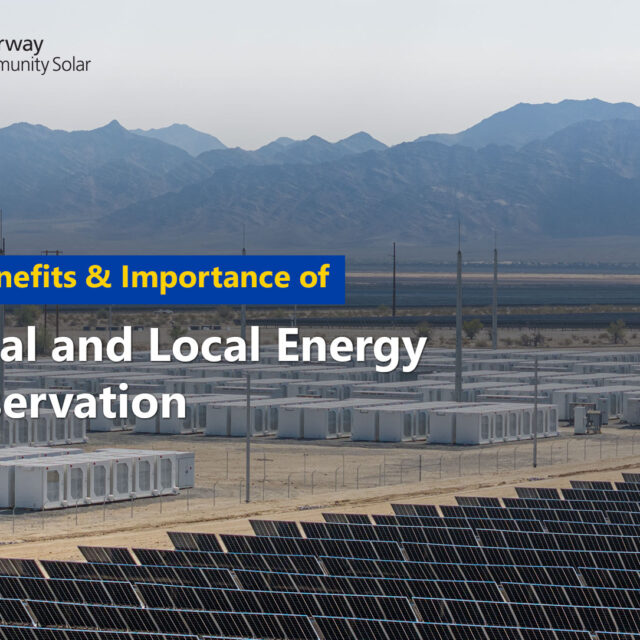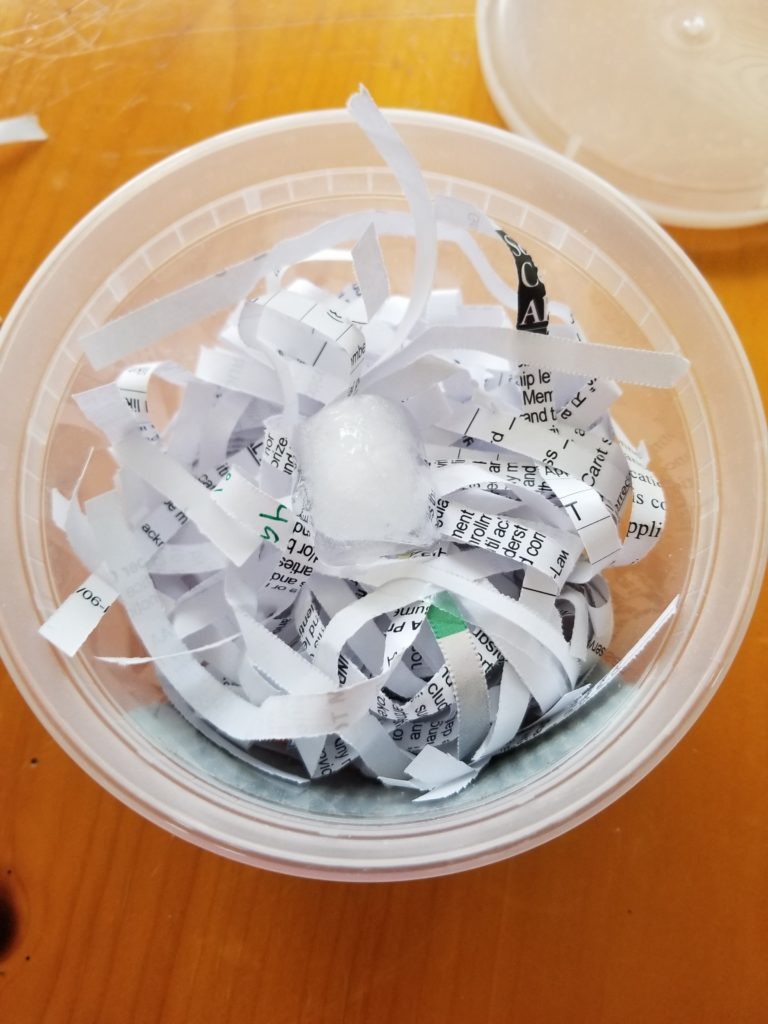
Learn how proper insulation helps prevent wasted energy and saves money
Parental Note: This experiment is geared towards ages 7 and up. The project will take about two hours to complete and may require support from an adult to gather materials.
Experiment Overview:
When constructing a new home, a builder has to think about a lot of different things. What kind of environment will this house be in? Is it always hot, always cold, or is it hot sometimes and cold sometimes? Does it rain a lot? A house has to be constructed in a way so that the inside temperature can be comfortable for people to live in, even when the temperature or weather conditions outside might not be favorable. When it is cold outside, a house can be warmed up inside using an electric, gas, or wood heat source. Without proper insulation, the heat will escape the house, and energy will be wasted. The same can happen when it is hot outside and an air conditioner is used to cool down the temperature inside of the house. Good insulation is what keeps that cool air inside and the hot air outside.
In this experiment, you will test out different types of insulation and see which one works better to keep an ice cube inside of a food storage container from melting.
Experiment Materials:
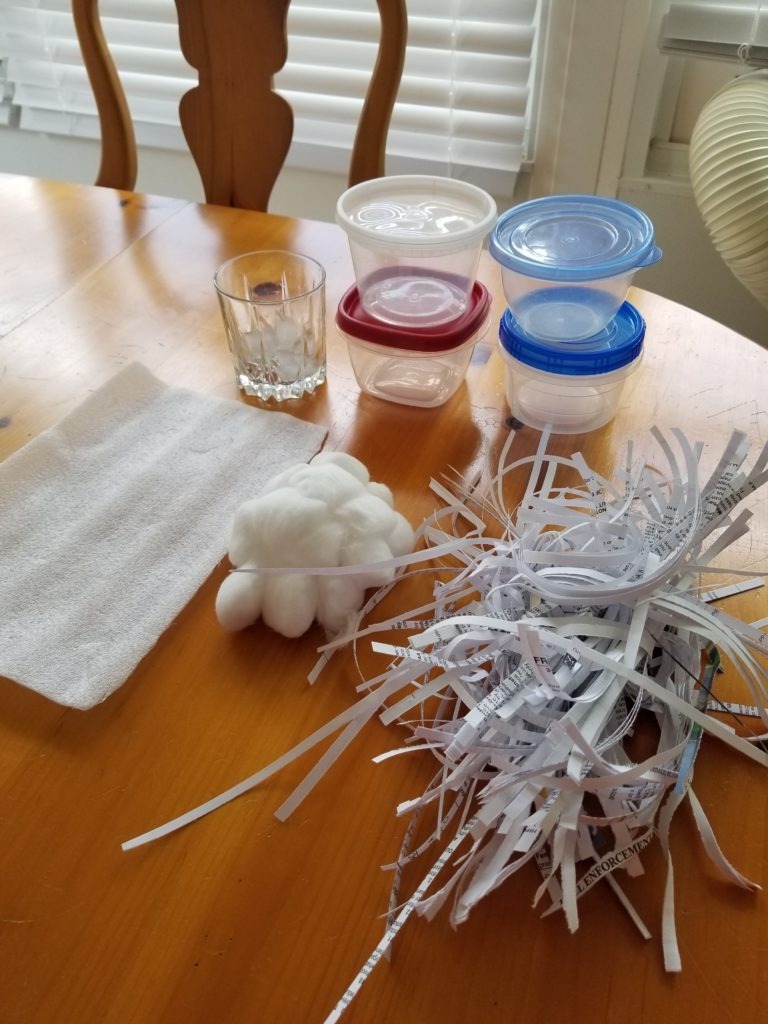
- Pick three of the following insulation materials to test:
- Wool
- Felt
- Fleece
- Cotton
- Foam
- Bubble wrap
- Shredded paper
- 4 equally-sized food storage containers
- 4 ice cubes
- Sharpie
- Tape
Experiment Process:
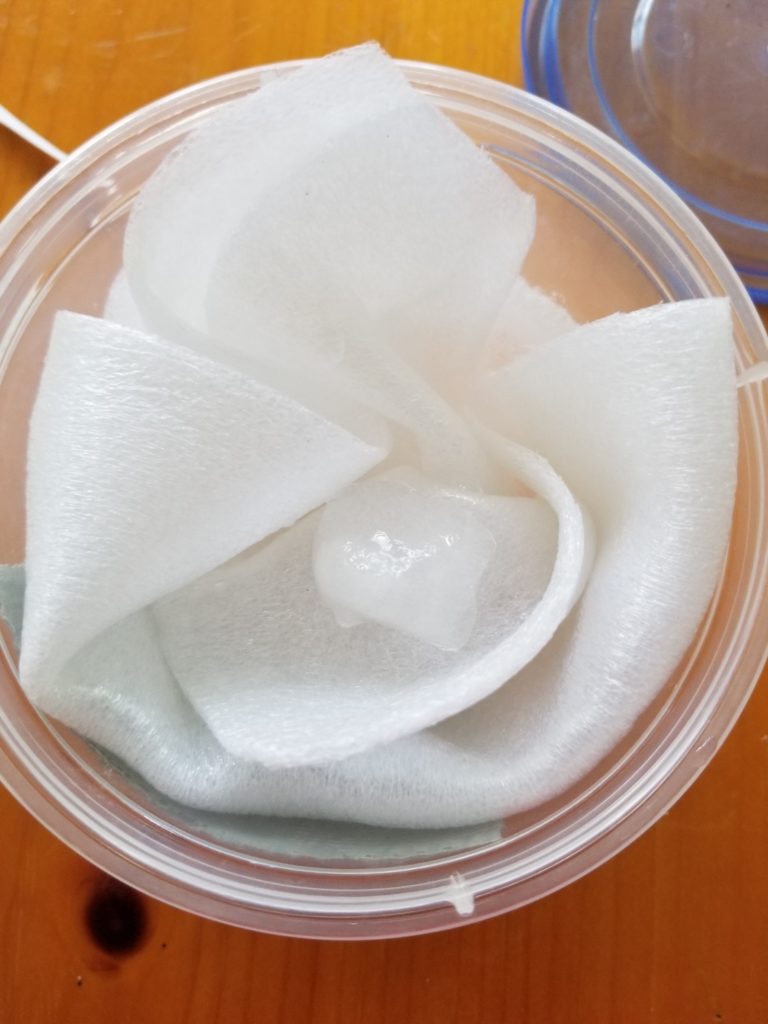
Step 1
Pick three different materials to test and see which is the best insulator. Make sure you have enough of each material to surround your ice cube and fill out the food storage container.
Step 2
On a piece of paper, make a chart to record your results. Label the first column “elapsed time,” the second column, “control,” and the remaining columns should be labeled with the three types of insulation you chose. In the “elapsed time” column, label each row in 10-minute increments from zero to 90 minutes (e.g., row one will say “10 minutes,” row two will say “20 minutes,” and so on).
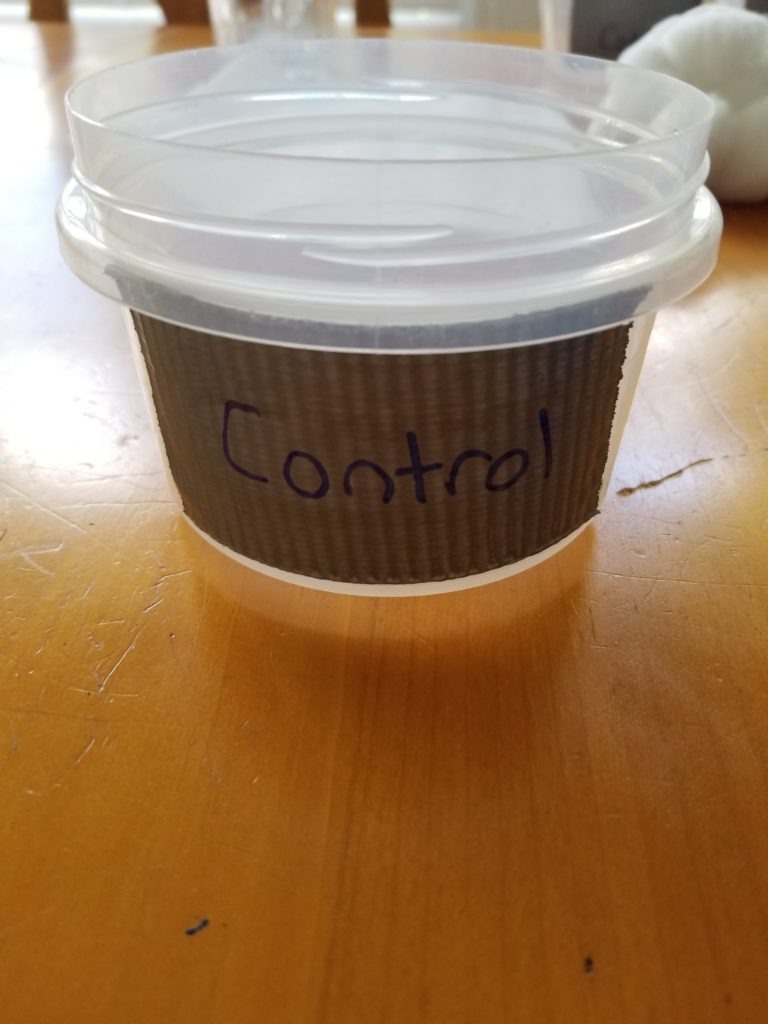
Step 3
Using the tape and sharpie, label one container “control,” and label the other three containers with the name of the three different types of insulation you chose.
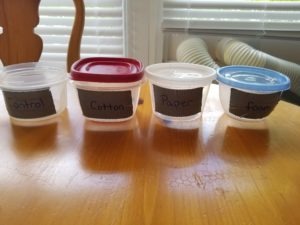
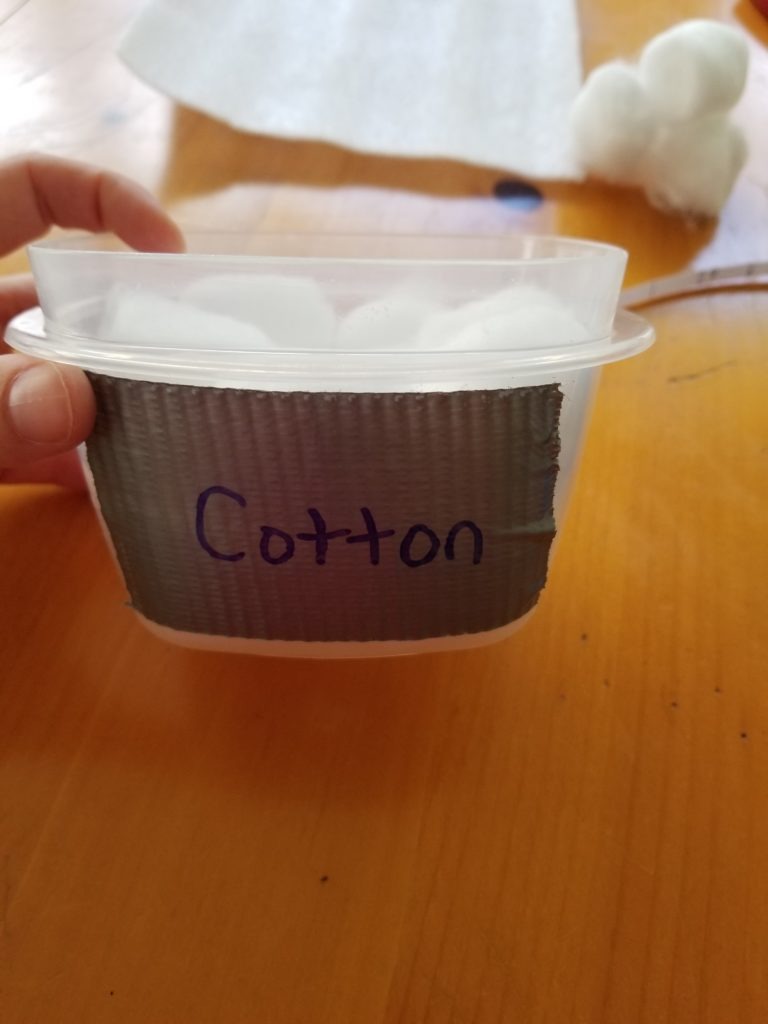
Step 4
Take insulation type 1 and stuff the storage container with it. Leave enough room in the center for the ice cube. Repeat this for the other two types of insulation.
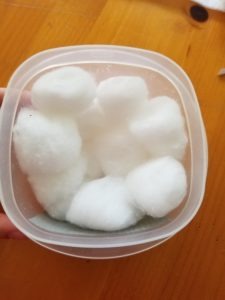

Step 5
Take 4 equally-sized ice cubes out of the freezer and place one in each food storage container. In the container labeled “control” leave the lid off. Secure the lids on all of the other containers.
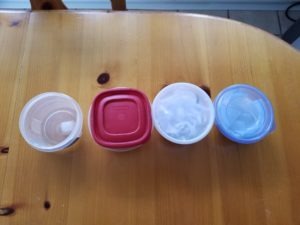
Step 6
Once all lids are secure, set a timer for 10 minutes, and hit start.
Step 7
After the first 10 minutes are up, remove each lid and check on the ice cubes. Record your results in the chart. Set the timer for another 10 minutes and hit start. You will repeat this process of checking on the ice cubes and recording results every 10 minutes until 90 total minutes have passed.
Step 8
After 90 minutes, record your final observation in the last row. Which ice cube melted the most, which one melted the least? Based on your results, which is the best type of insulation?
Conclusions:
Some materials are better insulators than others. Insulation is used to help control the temperature inside of houses by preventing air from escaping. When a house is poorly insulated, air escapes, and energy is wasted trying to heat or cool the home to replace the escaped air. Houses with good insulation are considered to be more energy-efficient. When a house is properly insulated, people spend less money on their energy bills.
